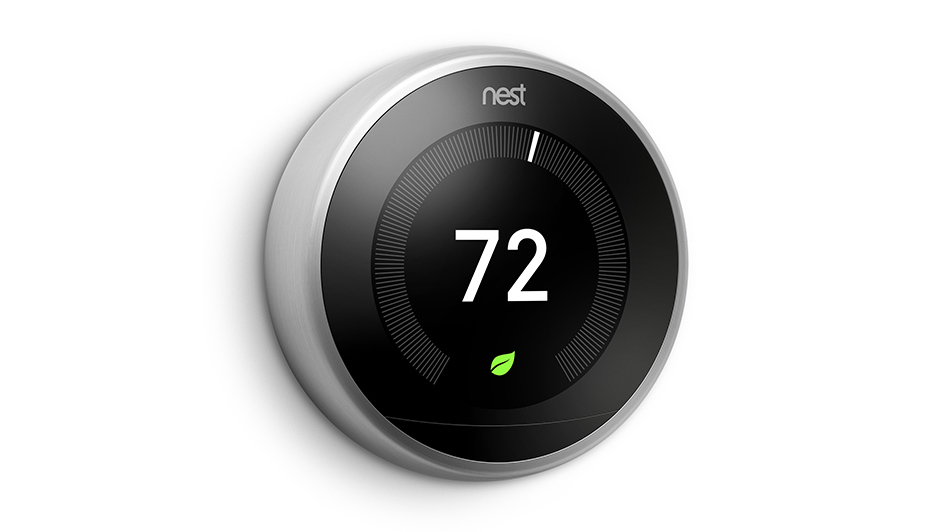
The Nest thermostat is one of the top-selling smart thermostats you can get. And for good reason. It picks up on your temperature preferences and makes an energy-efficient schedule to match. And through geofencing with your phone, the Nest Learning Thermostat and Nest E are aware of when you’re at your house or away and can adjust temps to help you save even more.
The Nest can be used with a vast range of 24-volt heating and cooling systems, but it’s always a good idea to check the Nest thermostat compatibility checker before installing one. Don’t forget to talk with your energy company for valuable rebates, because you might be able to get a Nest for free or close to it.
Once you’ve made sure it’s compatible, you can either wire it without help or call a HVAC specialist like Watts Electric & AC. If you’re installing it on your own, you’ll spot a terminal for the C-wire, or common wire. This wire is only used for powering your thermostat. If your home or HVAC system is older, you might not have one of these wires. In the majority of cases, Nest says this isn’t an issue as the thermostat can pull adequate power from other heating and cooling wires.
In some instances, your heating and cooling system may need that C-wire. And here’s why.
Why Your Nest Keeps Losing Power and Other Issues
The Google Nest Thermostat is an improvement from outdated programmable thermostats that rely on a combination of wiring and AA batteries for power. It has a rechargeable lithium-ion battery and wiring to connect to Wi-Fi, power its digital display and turn on your heating and cooling system.
8 Common Nest Thermostat Malfunctions
If it can’t get ample power, Nest says you could have some of these issues:
- Poor battery life.
- Thermostat motion sensing won’t operate.
- Your thermostat occasionally disconnects from Wi-Fi.
- Your system unexpectedly turns on or off, or won’t shut off.
- Your system is making strange noises, like chattering, stuttering, clicking or thumping.
- Heating or cooling is short cycling, or repeatedly turning on and off in a short period of time.
- There is a delay notice on your Nest thermostat’s screen, along the lines of “heating is delayed for 2:30 minutes.”
- The system fan is continuously running, won’t turn on or turns off and on frequently in a short period of time.
You may worry something is up with your heating and cooling system, but if you just started using the Nest, we advise you start with your thermostat right away. This is especially true if the weather is mild, and you haven’t been relying on your heat or air conditioning much.
Our Specialists Can Resolve Nest Thermostat Problems
If you’ve tried Nest thermostat troubleshooting by yourself but can’t fix the problem, a smart thermostat professional such as one from Watts Electric & AC can support you. We can identify the issue and add a C-wire, if required.
Smart thermostats like the Nest are designed to make your life easier, by automatic energy-efficient programming and the option to monitor settings while you’re out. It’s an annoying experience when yours won’t operate properly, but our heating and cooling specialists at Watts Electric & AC can resolve the trouble fast.
If you’re experiencing odd heating and cooling behavior with your new Nest, call us at 601-736-7362 to set up your appointment right away.
